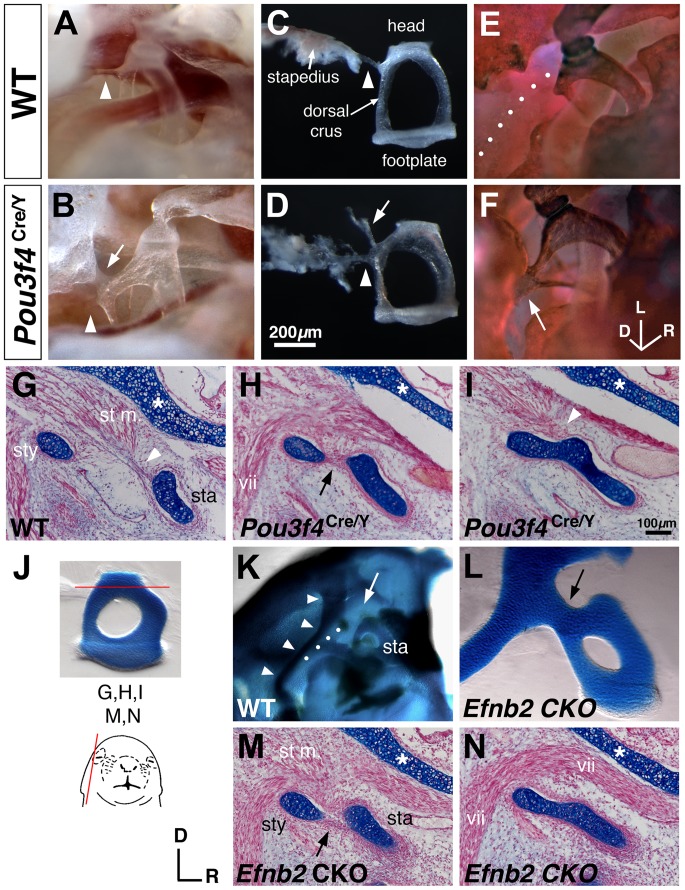Figure 3. Stapes coalition in Pou3f4 Cre/Y and Sox9-IRES-Cre-mediated Efnb2 CKO mice.
(A–D) Unstained preparations of the stapes in situ (A, B) and dissected (C, D) from Pou3f4 +/Y wild-type (A, C) and Pou3f4 Cre/Y mutant (B, D) males at 16 weeks of age. Arrowheads highlight the stapedial tendon. Arrows in (B, D) highlight a periosteal soft tissue bridge connecting the dorsal crus of the stapes and facial canal. (E, F) Alizarin red/alcian blue-stained preparation of wild-type (E) and mutant (F) stapes in situ at 16 weeks of age, showing a bony fusion of the dorsal crus to the facial canal in a mutant (arrow, F). Dotted line in (E) highlights the facial nerve. (G–I) Alcian blue/fast red-stained sagittal sections of P1 wild-type (G) and Pou3f4 mutants (H, I) at the level of the stapes head (sta), stapedius muscle (st m.), styloid process (sty), and facial nerve (vii). Arrow in (H) highlights a continuous perichondrium enveloping both the styloid process and the stapes. Arrowheads highlight insertion of the stapedial tendon into the stapes perichondrium. Asterisks highlight the cochlear capsule. (J) Photo of a dissected P0 wild-type stapes showing the level of section for (G,H,I,M,N). Schematic shows the plane of section. (K, L) Alizarin red/alcian blue-stained preparations from E19 wild-type (K) or Efnb2 CKO fetuses. (K) shows the wild-type otic capsule with middle ear structures dissected away for unobstructed view of the stapes (sta) and styloid process (arrowheads). White arrow highlights the lack of connection between normal stapes and styloid process. Dotted line hightlights a segment of the facial canal. (L) shows a magnified (relative to K) view of a dissected mutant stapes and styloid process; black arrow highlights the abnormal connection between these structures. (M, N) Alcian blue/fast red-stained sagittal sections from two different E19 Efnb2 CKO heads, showing full cartilage coalition of stapes and styloid process (N) or reduced distance/shared perichondrium between the two structures. Level of sections is comparable to (H, I). Axes near (M) and scale bar in (I) apply to all histological sections. Axes in (F) apply to (A, B, E, F, K, L). Scale bar in (D) applies to (A–F).

